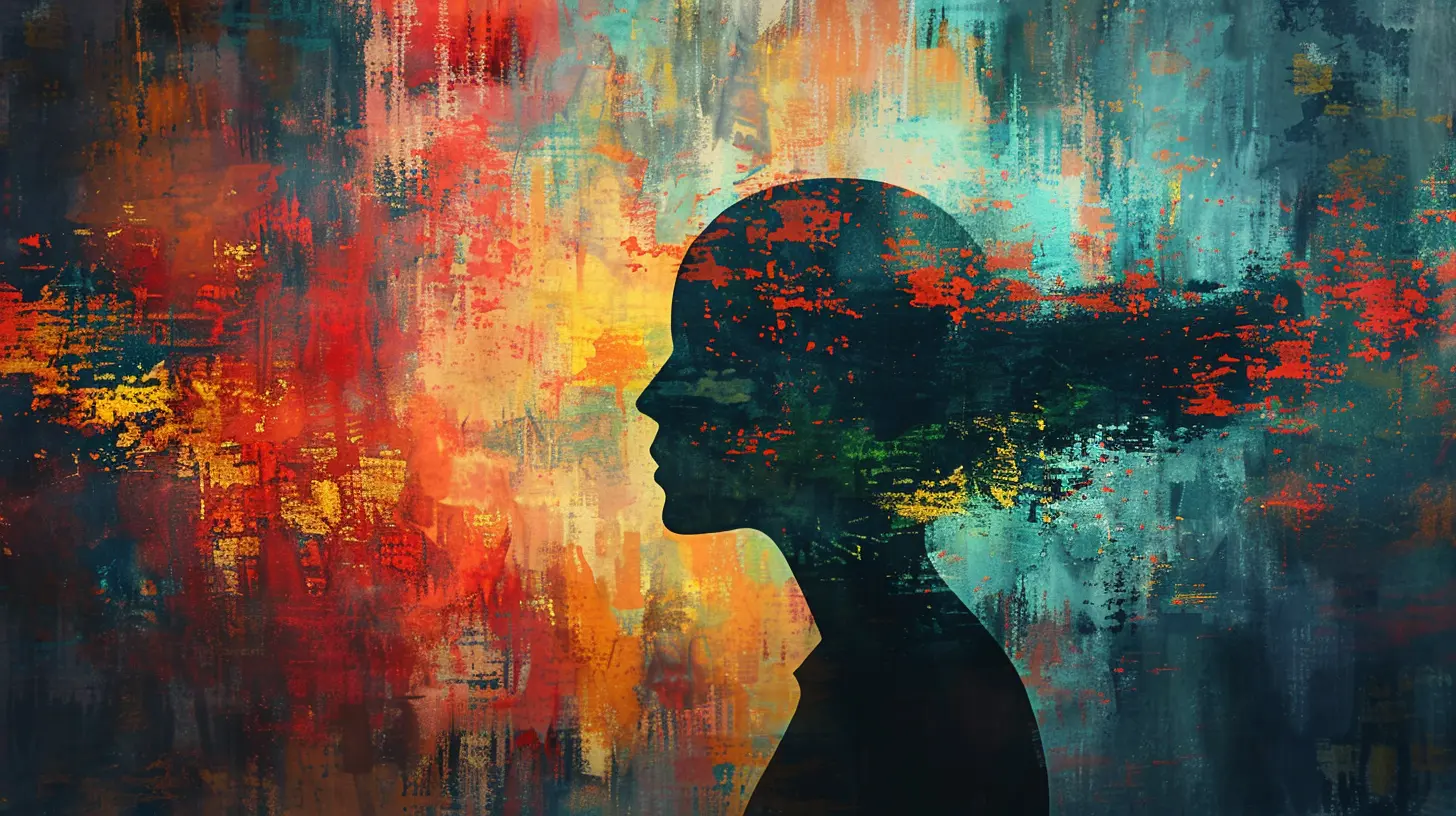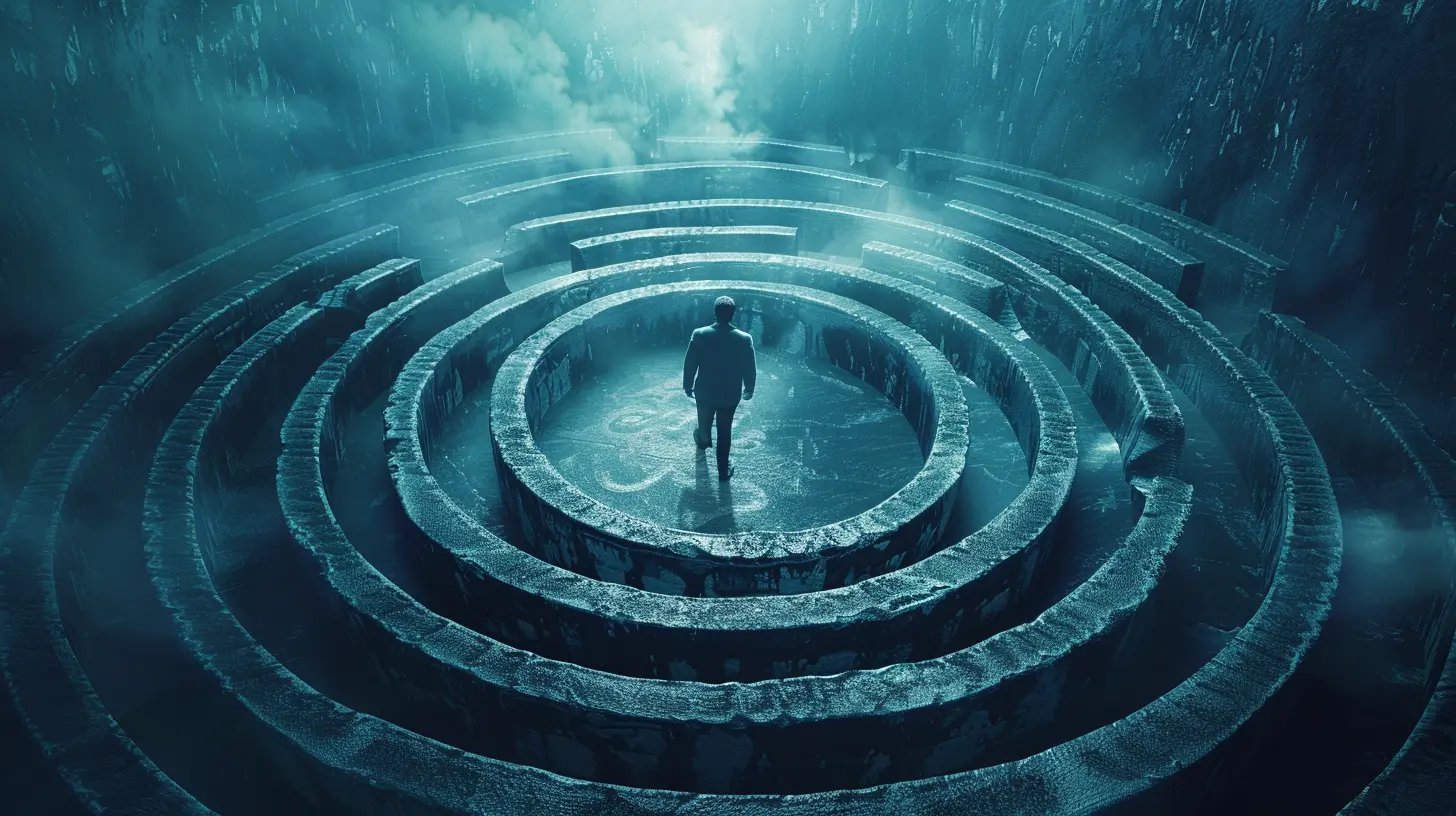24 March 2025
Have you ever wondered why you make certain decisions? Some choices seem automatic, like reaching for your favorite snack, while others, like deciding on a career change, can feel agonizing. It turns out that decision-making is more complex than we realize, often involving a mix of both conscious and unconscious processes. The psychology behind decision-making is fascinating, and understanding it can offer us insight into our daily lives, relationships, and even business ventures.
In this article, we'll dive deep into the mental mechanisms that drive our decisions, explore how biases influence our choices, and examine how emotions, logic, and external factors all play a part. By the end, you'll have a clearer understanding of why you choose what you do—and how you can make better decisions going forward.

What Is Decision-Making?
At its core, decision-making is the process of making choices by identifying a decision, gathering information, and assessing alternative resolutions. Sounds pretty straightforward, right? But it's not as simple as picking between chocolate and vanilla. Every decision we make, from what to wear in the morning to long-term career moves, is influenced by a wide array of psychological factors.Conscious vs. Unconscious Decisions
First off, not all decisions are made consciously. In fact, many of our daily choices are made without us even realizing it. Think about when you drive to work on autopilot or reflexively reach for your phone when you're bored. These are examples of unconscious decisions—actions driven by habits or ingrained patterns.On the other hand, conscious decisions require deliberate thought. When you're weighing the pros and cons of relocating to a new city for a job, you're actively engaging different parts of your brain. Interestingly, both types of decisions have their place in our lives. But understanding when and how each happens can help you become more mindful about your choices.

The Science of Decision-Making: How Our Brain Decides
Our brain is a decision-making powerhouse. But it's not as simple as a single control center that tells us what to do. Different parts of the brain work together to help us arrive at decisions, and these parts often have competing interests.The Prefrontal Cortex: The Rational Thinker
The prefrontal cortex is what most people think of when they picture rational decision-making. It’s involved in planning, considering consequences, and evaluating different options. When you're debating whether to splurge on a vacation or save for the future, this part of your brain is doing most of the heavy lifting, analyzing the pros and cons.But here's the thing—logic doesn't always win.
The Limbic System: The Emotional Influencer
Enter the limbic system, the part of your brain responsible for emotions. While the prefrontal cortex is busy calculating risks and rewards, your limbic system is pulling you toward choices that feel good or align with your emotional state. That’s why, even though you know you should save money, you might still book that spontaneous trip because it makes you feel happy or excited.In short, decision-making is often a tug-of-war between logic and emotion. And spoiler alert: emotions often win.
The Role of the Amygdala: Fear & Survival
The amygdala, often associated with fear and survival instincts, also plays a crucial role in decision-making. This small part of the brain helps us make quick, instinctive decisions during stressful or dangerous situations. Imagine you're walking in a dark alley and hear footsteps behind you. Your amygdala kicks in and tells you to run or fight—without overthinking. While this can be life-saving in certain situations, it can also lead us to make hasty, fear-based decisions in less threatening circumstances, like avoiding a challenging project at work simply because it feels overwhelming.
Cognitive Biases: The Invisible Forces Behind Our Choices
Ever think you're making an entirely rational decision, only to realize later that you were influenced by something you didn’t even notice? That’s the work of cognitive biases. These are mental shortcuts or tendencies that affect how we perceive information and make decisions, often without us realizing it. Let’s look at a few common ones:Confirmation Bias
This is the tendency to search for or interpret information in a way that confirms our pre-existing beliefs. Say you're debating whether to try a new diet. If you're already leaning toward it, you're more likely to focus on positive reviews and success stories, while conveniently ignoring any negative feedback. We tend to seek out information that supports what we already think, which can lead to poor decision-making.Anchoring Bias
Anchoring bias occurs when we rely too heavily on the first piece of information we receive. For instance, if you're shopping for a car and the first price you see is $30,000, you might judge all subsequent prices based on that initial number, even if it's not a fair comparison. This bias can cause us to overvalue or undervalue options based on arbitrary starting points.The Availability Heuristic
The availability heuristic is when we make decisions based on how easily examples come to mind. If you've recently heard about a plane crash, you might overestimate the risks of flying, even though statistically, it's much safer than driving. This bias skews our perception of risk and probability, often leading us to make irrational choices.Loss Aversion
As humans, we tend to fear losses more than we value gains. This is known as loss aversion. If you're given a choice between gaining $100 or avoiding a loss of $100, the pain of losing that money often feels much worse than the joy of gaining it. This bias can cause us to be overly cautious or resistant to change, even when taking a risk might be the better option.
The Influence of Emotions on Decision-Making
While cognitive biases are sneaky mental shortcuts, emotions are the loud, insistent voices in our heads that can steer us dramatically in one direction or another. Ever notice how hard it is to make a big decision when you're feeling stressed or upset? That's because emotions can cloud our ability to think clearly.Emotional vs. Rational Decision-Making
When we're in a calm, neutral state, we're more likely to make decisions that are based on logic and reason. But when we're emotional—whether happy, sad, or anxious—our choices are often driven by how we feel in the moment. For instance, you might make an impulsive purchase when you're excited or avoid a difficult conversation when you're feeling anxious.Emotional decision-making isn't always a bad thing, though. Our emotions can provide valuable information about what we truly want or need. The challenge is finding a balance between emotional and rational thinking, so you make decisions that align with both your feelings and long-term goals.




Geneva Wallace
This article beautifully unravels the complexities of our choices! It's fascinating to see how our subconscious influences decisions. I often find myself torn between logic and emotion—any tips for making clearer choices in daily life?
March 27, 2025 at 4:13 AM